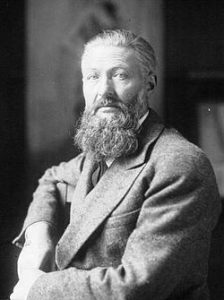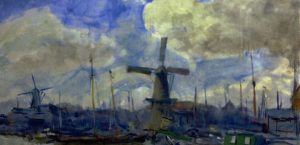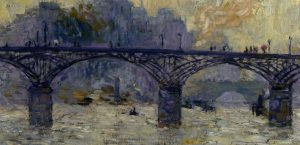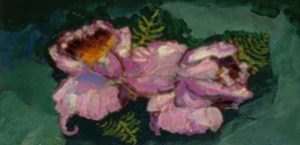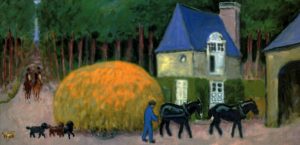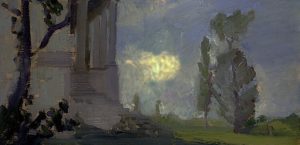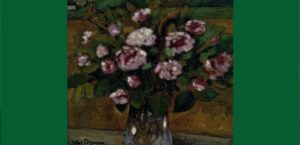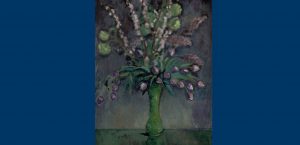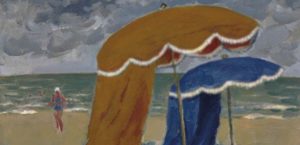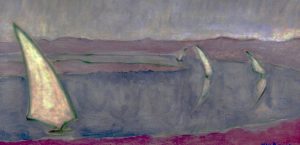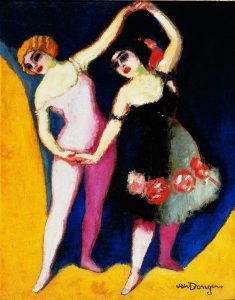The artist was born on the 26th of January in 1877 in Delfshaven near Rotterdam, the Netherlands.
1877 - 1968
Kees van Dongen
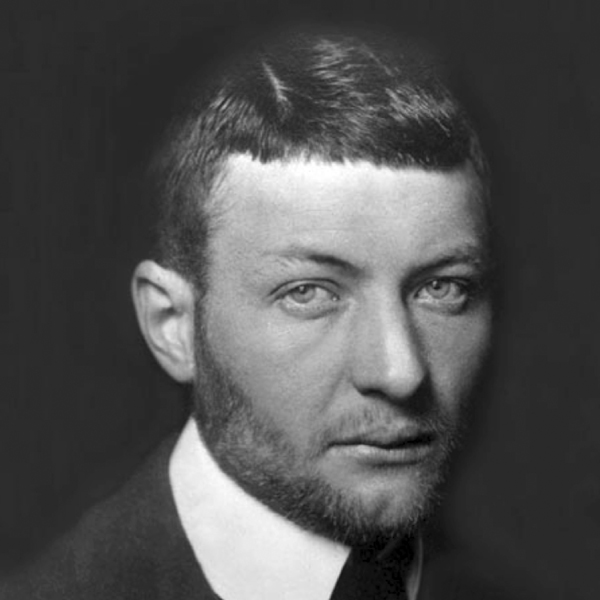
description
Cornelis (Kees) Theodorus Maria van Dongen is a French and Dutch artist and graphic artist, one of the founders of Fauvism.
Kees van Dongen lived and worked in Paris, having obtained French citizenship in 1929. He participated in various exhibitions, including the famous Autumn Salon of 1905, together with H. Matisse, Vlaminck, Derain, Manguin, when the artists were first called fauvists (“wild”) for their bright color paintings. The artist also drew cartoons for popular newspaper La Revue Blanche, organized costumed balls in Montparnasse. Since 1908, he became a member of the art association “Most” (Germany). Van Dongen was friendly with Pablo Picasso and his entourage, living in the famous hostel of Bato Lavoir in Montmartre. The artist’s paintings brought him great popularity in the circles of the French bourgeoisie and, as a consequence, – prosperity. In 1926, Dongen was awarded the Order of the Legion of Honor; in 1927, he was awarded the Order of the Crown of Belgium.
Key Ideas:
– Contemporary artists considered the canvases of the artist to be provocative and extravagant. At the beginning of his creative career, he often depicted the unsightly side of life: beggars and homeless people, sailors and prostitutes of the Rotterdam port. Moving to Paris, the artist concentrated on the themes of the circus. His heroes were acrobats, clowns and dancers.
– Kees van Dongen is especially known for his chic portraits depicting the women of the upper crust. It was portraits that brought him great popularity and ensured a stable income.
– The artist’s style is distinguished by great uniqueness and originality. On his canvases, bold voluminous strokes are combined with even zones filled with local color, making the canvases seem alive, as if illuminated from within.
– Women’s portraits, from which the models look with huge expressive eyes, are far from the real appearance of the depicted ones, but retain those features and specialties that reflect the elusive individuality of a person.
– All pictures of van Dongen, without exception, whether landscapes, portraits or scenes from life, are executed in a bright, catchy manner, sometimes reminiscent of posters or primitive decorative arts.
– Behind the seeming rudeness, schematism and vulgarity of some subjects of the artist, it is easy to see the subtlety and peculiar harmony inherent in his epoch and style, which he chose for self-expression.
1877
1892
1897
1904
1905
1908
1914 - 1918
1926
1927
1930
1968
The birth of the artist
Entered the Royal Academy of Fine Arts in Rotterdam
Entered the Royal Academy of Fine Arts in Rotterdam. During his studies, he created a lot of sketches of the life of the port city.
Visited Paris for the first time
Visited Paris for the first time; two years later moved there permanently. Here he fell under the influence of Toulouse-Lautrec and began to take an active part in the artistic life of the city.
The first personal exhibition of the artist was held at the gallery of Ambroise Vollard
The first personal exhibition of the artist was held at the gallery of Ambroise Vollard.
Joined the movement of the Fauves
Joined the movement of the Fauves, becoming one of the participants of the famous exhibition of the Autumn Salon, which is considered the birth of Fauvism.
Became a member of the association "Bridge" in Germany
Became a member of the association “Bridge” in Germany. Participated in many exhibitions, had commercial success.
For the time of World War I returned to Rotterdam
For the time of World War I returned to Rotterdam.
The artist was awarded a prestigious award - the Order of the Legion of Honor
The artist was awarded a prestigious award – the Order of the Legion of Honor.
He was awarded the Order of the Crown of Belgium
He was awarded the Order of the Crown of Belgium, but two years later he officially became a citizen of France.
Mainly created portraits
Mainly created portraits. He often depicted celebrities, including Brigid Bordeaux, a notorious actress not only of that time.
The death
Kees van Dongen died on the 28th of May in 1968 in Monte Carlo, Monaco.

